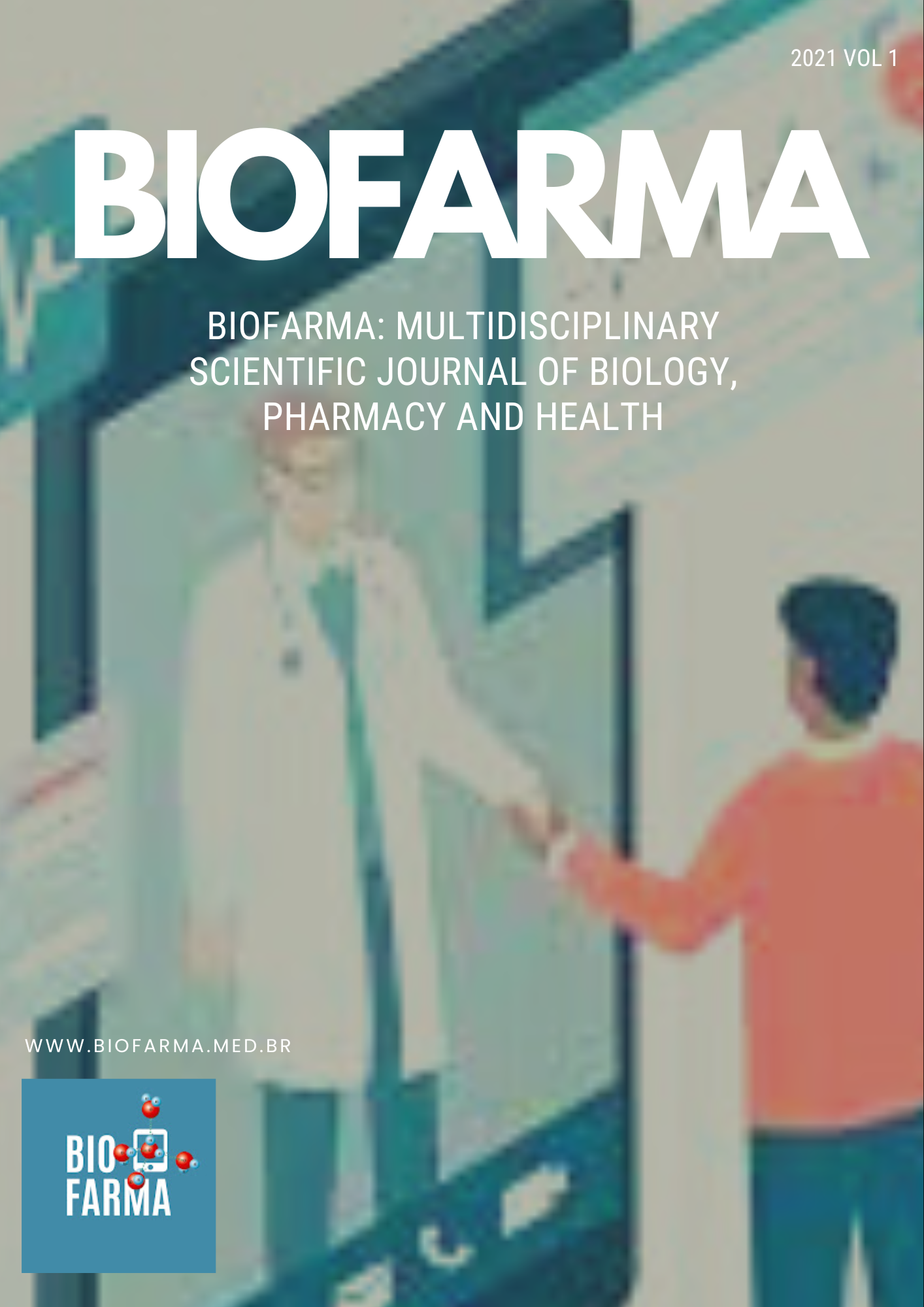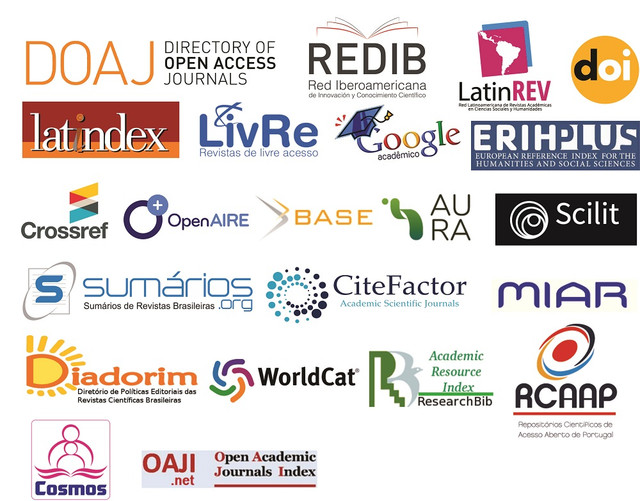Pain Modulation
Keywords:
vasospastic conditions, unconsciousness, semiconsciousness, painAbstract
Pain modulation the process of alterations in the pain signals along the transmission pathway of pain, it explains why individuals respond to the same stimulus differently, explains the mechanism of action when using clinical analgesia. Pain control and modulation is a complex chore that is often the primary reason patients seek the services of rehabilitation professionals. Modulation of pain begins with an understanding of the various levels of pain modulation and extends to clinical interventions and protocols designed to reduce pain. For example, opiates are capable of increasing and decreasing pain experience.
Downloads
References
↑ Purves D, Augustine GJ, Fitzpatrick D, Katz LC, LaMantia AS, McNamara JO, Williams SM. Nociceptors. Sunderland, MA. 2001.
↑ Yam MF, Loh YC, Tan CS, Khadijah Adam S, Abdul Manan N, Basir R. General pathways of pain sensation and the major neurotransmitters involved in pain regulation. International journal of molecular sciences. 2018 Aug;19(8):2164.
↑ Yam MF, Loh YC, Tan CS, Khadijah Adam S, Abdul Manan N, Basir R. General pathways of pain sensation and the major neurotransmitters involved in pain regulation. International journal of molecular sciences. 2018 Aug;19(8):2164.
↑ Armando Hasudungan. PAIN! Physiology - The Ascending Pathway, Descending Pain Pathway, and the Substantia Gelatinosa. Available from: http://www.youtube.com/watch?v=5c8maFAhqIc[last accessed 11/12/2021]
↑ Ohara PT, Vit JP, Jasmin L. Cortical modulation of pain. Cellular and Molecular Life Sciences CMLS. 2005 Jan;62(1):44-52.
↑ Xie YF, Huo FQ, Tang JS. Cerebral cortex modulation of pain. Acta Pharmacologica Sinica. 2009 Jan;30(1):31-41.
↑ Steeds CE. The anatomy and physiology of pain. Surgery (Oxford). 2009 Dec 1;27(12):507-11.
↑ Gamal-Eltrabily M, de Los Monteros-Zúñiga AE, Manzano-García A, Martínez-Lorenzana G, Condés-Lara M, González-Hernández A. The rostral agranular insular cortex, a new site of oxytocin to induce antinociception. Journal of Neuroscience. 2020 Jul 15;40(29):5669-80.
Arribas-Romano A, Fernández-Carnero J, Molina-Rueda F, Angulo-Diaz-Parreño S, Navarro-Santana MJ. Efficacy of physical therapy on nociceptive pain processing alterations in patients with chronic musculoskeletal pain: a systematic review and meta-analysis. Pain Medicine. 2020 Oct;21(10):2502-17.
↑ Ellingsen DM, Napadow V, Protsenko E, Mawla I, Kowalski MH, Swensen D, O'Dwyer-Swensen D, Edwards RR, Kettner N, Loggia ML. Brain mechanisms of anticipated painful movements and their modulation by manual therapy in chronic low back pain. The journal of pain. 2018 Nov 1;19(11):1352-65.
↑ Mylius V, Borckardt JJ, Lefaucheur JP. Noninvasive cortical modulation of experimental pain. Pain. 2012 Jul 1;153(7):1350-63.
Kelly RB, Willis J. Acupuncture for pain. American family physician. 2019 Jul 15;100(2):89-96.
↑ Skelly AC, Chou R, Dettori JR, Turner JA, Friedly JL, Rundell SD, Fu R, Brodt ED, Wasson N, Winter C, Ferguson AJ. Noninvasive nonpharmacological treatment for chronic pain: a systematic review.
Downloads
Published
How to Cite
Issue
Section
License
Copyright (c) 2023 Biofarma - Multidisciplinary Scientific Journal of Biology, Pharmacy and Health

This work is licensed under a Creative Commons Attribution 4.0 International License.
You have the right to:
*Click on the license image above for more details.



